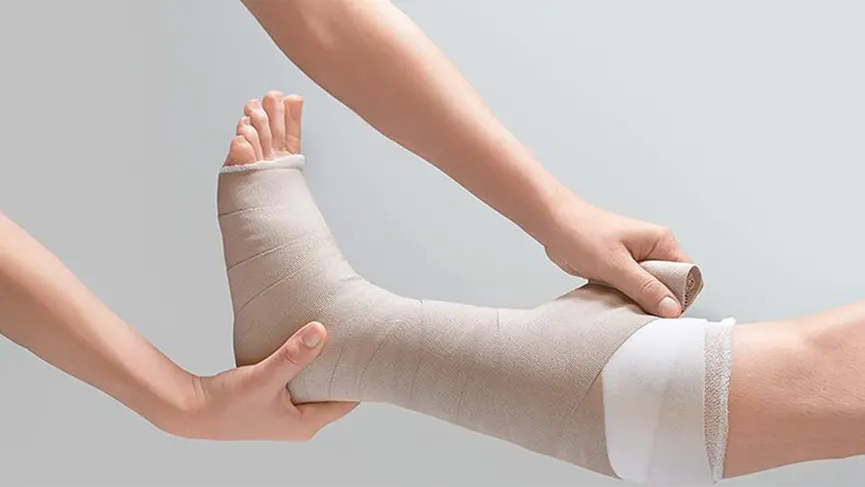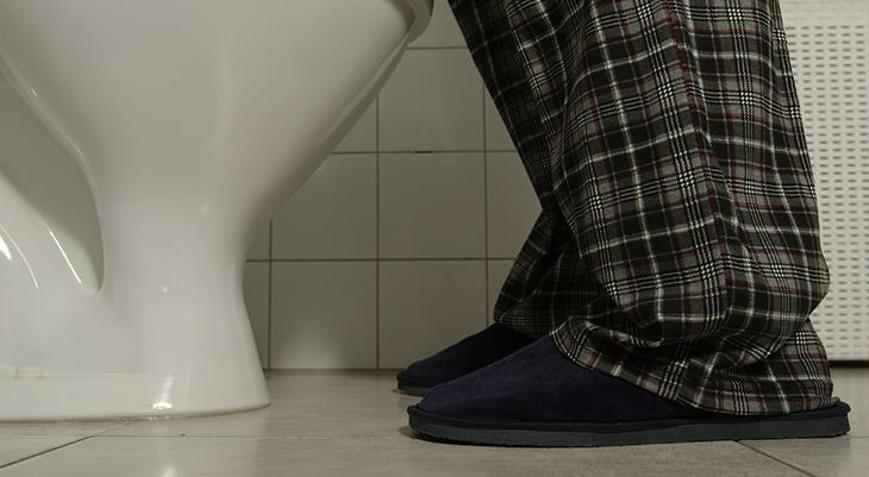The Dynamics of Shoulder Dislocation
This joint, with a highly dynamic structure and some weak points, is surrounded by numerous ligaments, and dislocation can occur at the weak point where the anterior-inferior humeral ligament is located.

This joint, with a highly dynamic structure and some weak points, is surrounded by numerous ligaments, and dislocation can occur at the weak point where the anterior-inferior humeral ligament is located. The shoulder joint is one of the key joints that defines human beings, being the most crucial structure enabling us to position our hands in space. Due to its highly dynamic nature and certain vulnerabilities, this joint, encased by a plethora of ligaments and prone to dislocation at the anterior-inferior humeral ligament's weak spot, is among the most frequently dislocated joints in the body. Our anatomical structure gradually manifests in our joints over time, as human composition and characteristics are shaped by a combination of hobbies, sporting activities, and personality traits.
"Show me your shoulder, and I'll tell you who you are."
Initiating with a dislocation history, the treatment protocol involves examining X-rays and considering reduction. An easy dislocation history suggests a likelihood of recurrence.
After a shoulder dislocation, it should be reduced during anesthesia or sedation, employing gentle and delicate techniques to ensure the patient's comfort, including the Hippocratic technique and maneuvers. It is crucial to perform the reduction gracefully and gently, avoiding excessive force. The reduced shoulder can be positioned with an arm sling at 30 degrees of abduction and neutral rotation. Subsequently, range of motion (ROM) recovery and gradual strengthening facilitate scapular mobility.































